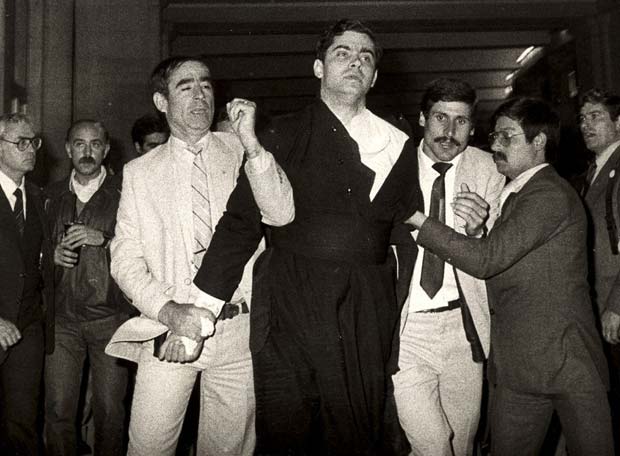1201 Murder of a Pilgrim Saint

According to CatholicSaints Info, the Scotsman William of Perth (aka William of Rochester) led a wild and misspent youth, but as an adult he had a complete conversion, devoting himself to God, caring especially for poor and neglected children. He worked as a baker, and gave every tenth loaf to the poor. He attended Mass daily, and one morning on his way to church he found an infant abandoned on the threshold. He named the baby David, and adopted him, and taught him his trade.
Years later he and David set out on a pilgrimage to the Holy Lands. During a stop-over in Rochester, England, the boy David turned on William, clubbed him, cut his throat, robbed the body, and fled. Because he was on a holy journey, and because of the miraculous cures later reported at his tomb, he is considered a martyr.
A local insane woman found William’s body, and plaited a garland of honeysuckle flowers for it; she placed the garland on William, and then on herself whereupon her madness was cured. Local monks, seeing this as a sign from God, interred William in the local cathedral and began work on his shrine. His tomb and a chapel at his murder scene, called Palmersdene, soon became sites of pilgrimage, second only to the tomb of Thomas Becket at Canterbury. Remains of the chapel can be seen near the present Saint William’s Hospital.
The stained-glass portrait in Rochester Cathedral above shows William with the traditional pilgrims’s hat, staff, purse, and cockleshell emblem. He is the patron saint of adopted children.







